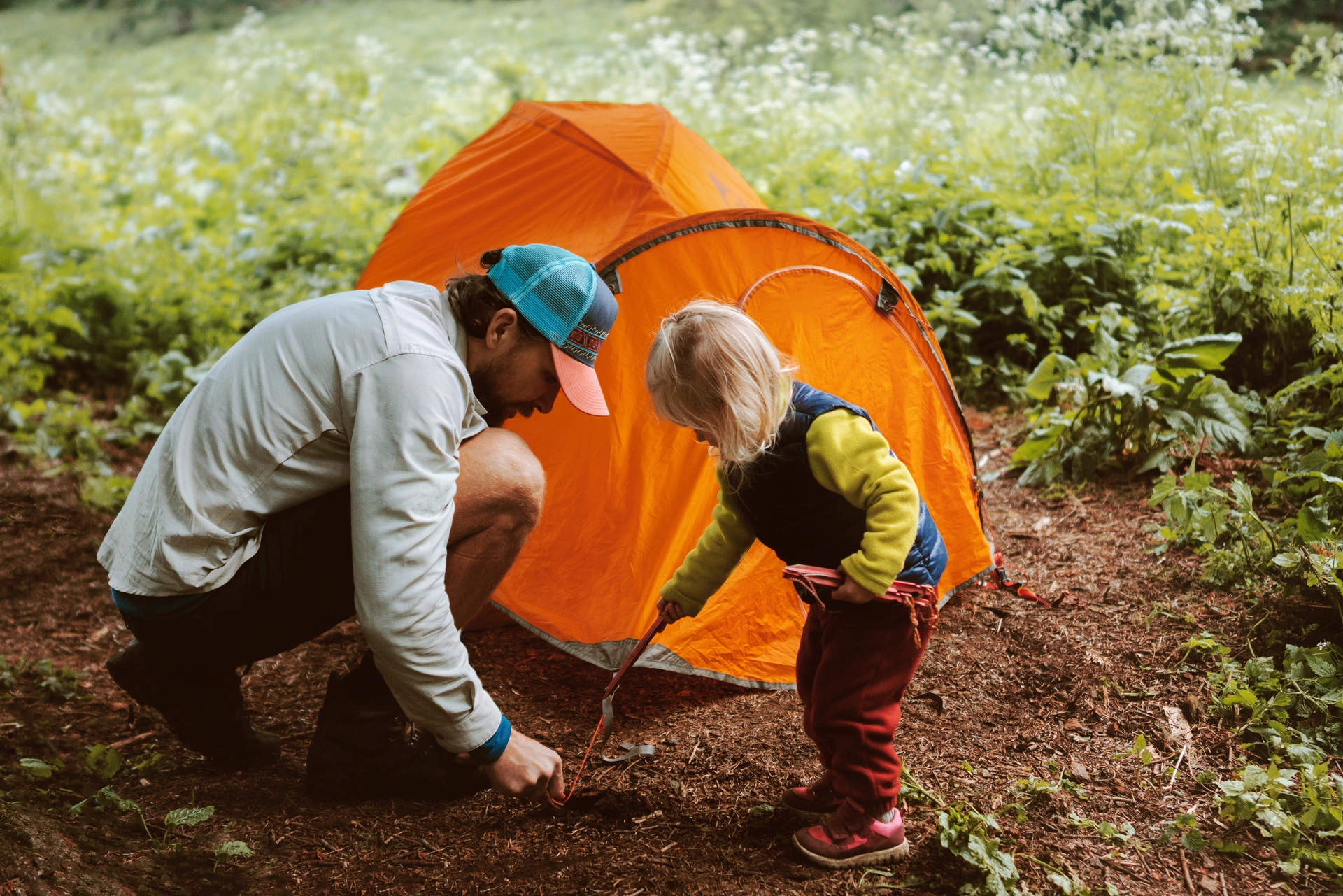Sustainable travel and tourism encourages us to walk gently on our planet, to respect the environment and its people and to minimise our impact. But what does this look like in practice?
Let’s start with how we get around. Popping the family in the car and driving instead of flying to a destination will reduce carbon emissions. And if that car is electric there will be no carbon emissions at all. More and more electric vehicle charging stations are appearing across the state and with construction of the Queensland Electric Super Highway stations are planned for places as remote as Mount Isa, Longreach and Charleville.
Choosing an eco-resort will add to your sustainable credentials and there is a plethora to choose from in Queensland. Places such as Habitat Noosa Everglades Ecocamp or Townsville Eco Resort are committed to conservation and protection of the environment through practices such as sustainable waste, water and energy initiatives.
How do we ourselves conserve and protect the environment? We can start by taking only pictures and leaving only footprints, observing fire restrictions, staying on marked walking trails, respecting heritage and geological sites and obeying directional signage.
Or we can get directly involved with Citizen Science projects. How about spotting dugongs off the Gold Coast, koalas in Kingaroy or the rare tree-kangaroos (totally unrelated to Drop Bears) on the Atherton Tablelands; maybe some flora recording in Winton or you could even give NASA a hand by observing the clouds. Google “Australian Citizen Science Project Finder” to curate your own sustainable driving trip.
Another important aspect of sustainable travel is connection to local and Indigenous communities. This could involve a fishing charter out of Burketown, a guided walk through Carnarvon Gorge or even buying lunch from the local bakery. Every cent spent with local operators supports the communities in which they live.







